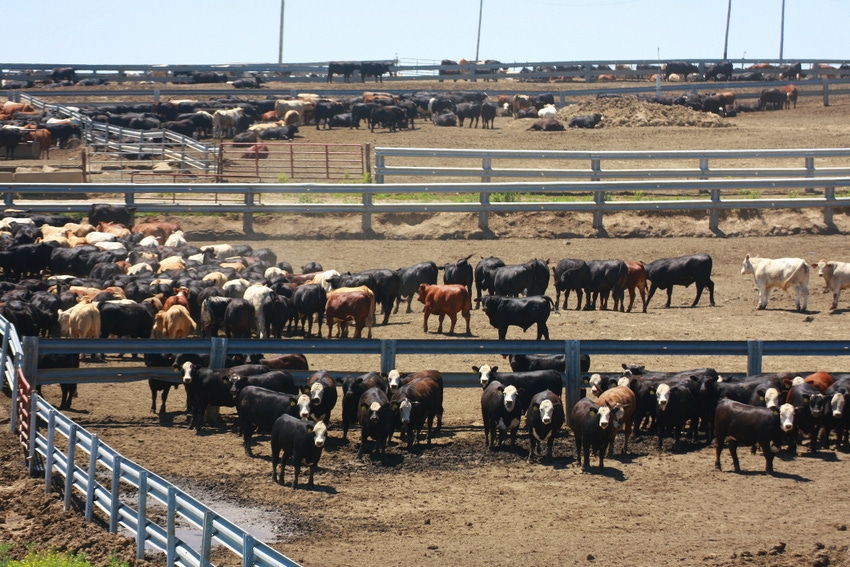Cattle industry group states FDA has not found a definitive link between canal water and any animal agriculture operation.

The Food & Drug Administration continues its investigation into the April 2018 multi-state outbreak of Escherichia coli O157:H7 illnesses linked to romaine lettuce sourced from winter growing areas in and around the Yuma, Ariz., region. In its latest update on the outbreak, the agency noted the close proximity to a large cattle feeding operation as a potential source of the contamination.
The outbreak has resulted in 210 illnesses in 36 states and resulted in five deaths, according to the agency.
FDA, along with the Centers for Disease Control & Prevention and state partners, initiated an environmental assessment in the Yuma growing region to further investigate potential sources of contamination linked to this outbreak. To date, a CDC analysis of samples taken from canal water in the region has identified the presence of E. coli O157:H7 with the same genetic finger print as the outbreak strain.
“FDA notes that the canal is close to a concentrated animal feeding operation (CAFO), a facility with a large number of cattle on the premises," the Aug. 6 FDA update said. "The CAFO can hold in excess of 100,000 head of cattle at any one time, and the FDA traceback information showed a clustering of romaine lettuce farms nearby.
“Our experts continue to work on examining potential links between the CAFO, adjacent water and geologic and other factors that may explain the contamination and its relationship to the outbreak. Additional sampling activities will be conducted to further explore and narrow down hypotheses in the near future,” FDA said in the update.
The agency said it will detail its findings in a finalized environmental assessment report.
In an email statement, the National Cattlemen’s Beef Assn., a cattle industry group, said, “It is critical to note that the FDA has not found a definitive link between the canal water and any animal agriculture operation. The FDA is still investigating all potential factors, including adjacent water and other geological factors, that may have led to the contamination.”
Activist groups have been using the potential linkage as another reason to encourage a ban on large farming operations, which they have deemed “factory farms.”
About the Author(s)
You May Also Like





